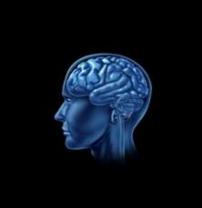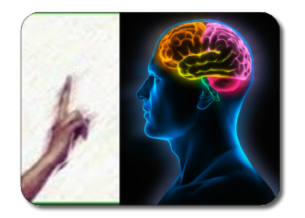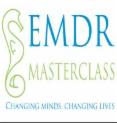
“EMDR is a powerful psychological treatment method that was developed by a
clinical psychologist, Dr Francine Shapiro. A wealth of research has been conducted
demonstrating the benefits of EMDR in treating psychological trauma arising from
experiences as diverse as war related experiences, childhood abuse or neglect,
natural disaster, assault, road traffic accidents and workplace accidents. Recent
research also suggests benefits of using EMDR in treating a number of conditions
including anxiety disorders, depression and chronic pain. EMDR has been found to
be of benefit to children as well as adults.” (EMDR Works)

“When a disturbing event occurs, it can some times get locked in the brain with the
original picture, sounds, thoughts, feelings and body sensations. EMDR seems to
stimulate the information and allows the brain to reprocess the experience. That may be
what is happening in REM or dream sleep. The eye movements (tones or tactile) may
help to process the unconscious material. It is your own brain that is doing the healing
and you are the one in control.”(EMDR Institute 2011)
The approach was developed initially as a treatment for Post Traumatic Stress Disorder
and found great success with veterans of the Vietnam War and survivors of rape. In
2000, EMDR was recognised by the International Society for Traumatic Stress Studies
as an effective treatment for PTSD. The Northern Ireland Department of Health subgroup, CREST, followed suit in 2003 and the National Institute of Clinical Excellence (NICE) in the UK in 2005.
When we receive sensory information it passes through an emotional filter (amygdala) in the right half of the brain. If there is nothing emotionally-charged, the information then passes through another structure (hippocampus) that processes the information for its time
and space properties and allows it to pass to the left hemisphere. This experience is then stored normally in memory. However, when incoming sensory information is emotionally-charged (e.g. traumatic), it gets stuck in the Central Nervous System (CNS) in the
right hemisphere of the brain. It does not get processed in time and space so, when reminders occur, the stuck memory is triggered and feels emotionally that it is happening in the present. This accounts for flashbacks, intrusive thoughts and nightmares.
EMDR therapists help clients reprocess their traumatic memories by using a process that involves repeated left-right (bilateral) stimulation of the brain while noticing different aspects of the traumatic memory. The bilateral stimulation is achieved through either rapid eye movement across the field of vision, auditory tones or clicks, or tactile stimulation of alternate sides of the body. It is believed that the bilateral stimulation of EMDR creates biochemical changes in the brain that aid processing of information. Theorists suggest that the mode of action occurs in the Limbic System, where the amygdala and hippocampus are located. EMDR is now recognized as a powerful intervention with proven results in the treatment ,not only of trauma ,but of depression, anxiety ,relationship problems and many other psychological problems.
If this therapy would help you with unresolved trauma, depression or anxiety then call on 07951 738499 or email at info@northwesttherapy.org.uk.

Trained by
